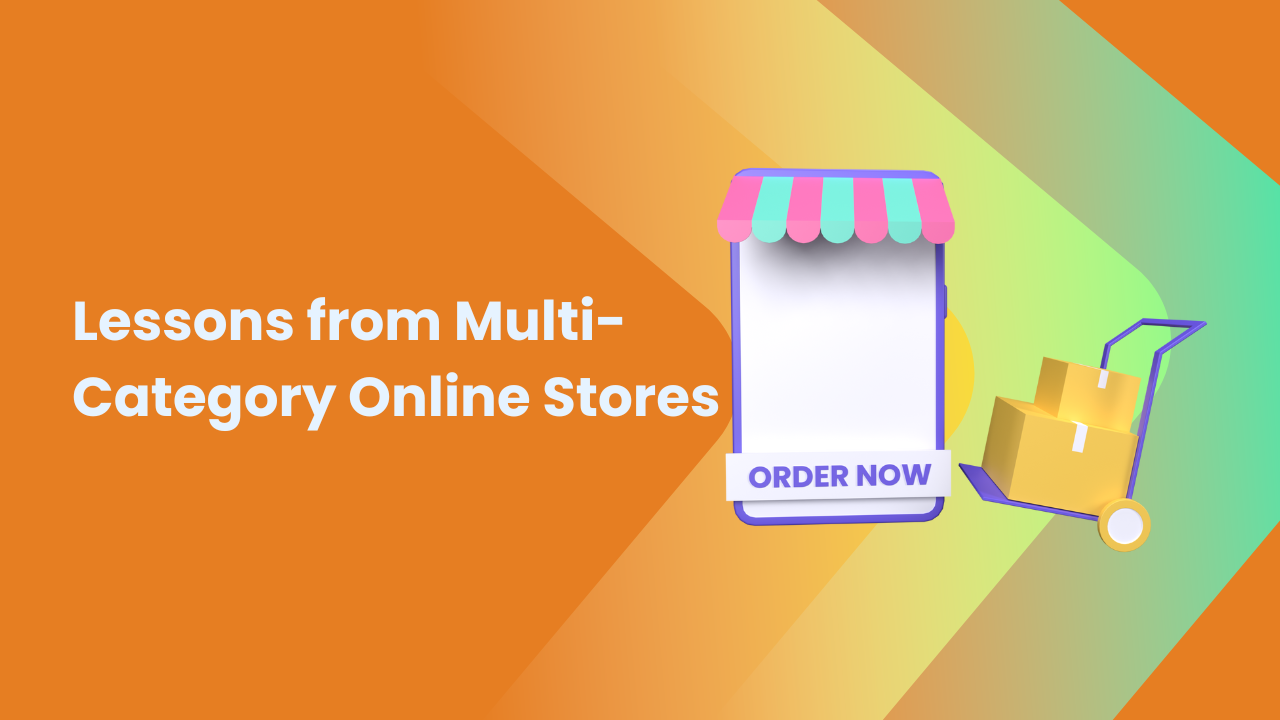Share this Article
Introduction
E-commerce has transformed the way businesses operate, and hyperlocal e-commerce is emerging as a key player in this evolution. Unlike conventional e-commerce, hyperlocal commerce focuses on serving a particular geographic region, ensuring rapid deliveries and tailored services. In a world dominated by corporate giants, small businesses and local retailers must adopt innovative strategies to stay competitive.
This article explores the potential of hyperlocal e-commerce, its challenges, and effective strategies for smaller businesses to compete with major brands.
What is Hyperlocal E-commerce?
Hyperlocal ecommerce connects local vendors with customers in their immediate vicinity, facilitating quick and efficient order fulfillment. The emphasis is on convenience, community-driven services, and sustainability.
Key Characteristics of Hyperlocal E-commerce:
- Local Sourcing: Products are procured from nearby businesses to ensure swift availability.
- Fast Deliveries: Orders are typically delivered within a few hours or the same day.
- Customized Customer Experience: Services are designed to cater to local preferences and cultural inclinations.
- Support for Local Economy: This model strengthens small businesses and reduces carbon footprints associated with long-distance shipping.
Why Hyperlocal E-commerce is Growing Rapidly
- Shift in Consumer Expectations – Modern shoppers prioritize speed, convenience, and supporting local businesses.
- Technological Advancements – Mobile apps, AI-powered logistics, and seamless digital payments have facilitated hyperlocal expansion.
- Impact of the COVID-19 Pandemic – The global crisis reinforced the need for localized supply chains and rapid deliveries.
- Intense Competition in Global E-commerce – Large e-commerce players make it harder for small businesses to compete, making hyperlocal strategies more viable.
Challenges of Hyperlocal E-commerce
Despite its benefits, hyperlocal ecommerce comes with several obstacles that businesses must address to remain competitive against major brands.
1. Delivery and Logistics Management
- Same-day or express deliveries require efficient logistics.
- The cost of last-mile delivery is often higher for small businesses.
2. Inventory and Supply Chain Efficiency
- Real-time stock updates are crucial to prevent order cancellations and customer dissatisfaction.
3. Establishing Brand Trust and Visibility
- Competing against established brands means earning customer trust through quality service.
- Large corporations are often perceived as more reliable and cost-effective.
4. Scalability Constraints
- Balancing local operations while planning for potential growth can be complex.
Effective Strategies for Competing with Big Brands
Despite these challenges, hyperlocal businesses can stand out by focusing on their strengths.
1. Prioritize Convenience and Speed
- Enhance Delivery Speed: Use optimized logistics solutions to ensure prompt service.
- Simplify Ordering Processes: Invest in intuitive websites and mobile applications for a seamless customer experience.
2. Utilize Advanced Technology
- AI-Driven Personalization: Tailor recommendations and promotions based on customer preferences.
- Geotargeted Marketing: Attract local customers through targeted online advertisements.
- Automated Inventory Management: Ensure product availability through real-time stock monitoring.
3. Strengthen Community Engagement
- Partner with local influencers and community leaders to enhance credibility.
- Offer customer loyalty programs and exclusive local deals.
- Provide a personalized shopping experience by including customized packaging or thank-you notes.
4. Develop a Strong Local Brand Identity
- Focus on authenticity by promoting locally sourced goods and traditional craftsmanship.
- Share your business’s story and community contributions through social media and marketing campaigns.
5. Introduce Subscription and Membership Plans
- Retain customers with exclusive discounts, early access to new products, and rewards programs.
Case Studies: Successful Hyperlocal Ecommerce Models
1. Zomato and Swiggy (India)
- These companies started as hyperlocal food delivery platforms before expanding into groceries and essentials.
- Their success was driven by strategic partnerships with local businesses.
2. Instacart (USA)
- Collaborated with local supermarkets to offer fast grocery deliveries, creating a competitive edge over major retailers.
3. Nepal’s Kirana Stores
- Many small grocery shops in Nepal have launched hyperlocal delivery services via WhatsApp, Facebook, and local e-commerce platforms.
- Their success is attributed to deep-rooted customer trust and familiarity.
Future Trends in Hyperlocal E-commerce
- AI-Optimized Delivery Networks – Artificial intelligence will further refine logistics and route planning to enhance efficiency.
- Integration with Smart Devices – IoT-enabled systems will provide real-time tracking and inventory management.
- Eco-Friendly Initiatives – Sustainable packaging and carbon-neutral deliveries will be key differentiators.
- Voice and AI Chatbots for Shopping – Consumers will increasingly use virtual assistants for quick orders.
- Localized Online Marketplaces – Decentralized e-commerce platforms will enable small vendors to thrive without relying on major global platforms.
Conclusion
The future of hyperlocal e-commerce presents immense opportunities for small businesses to compete with large brands by offering speed, personalization, and community engagement. By leveraging technology, refining logistics, and emphasizing local branding, hyperlocal enterprises can establish a sustainable and profitable market presence.
For aspiring entrepreneurs in this space, success depends on agility, innovation, and a commitment to customer satisfaction. The rise of hyperlocal commerce is more than just a passing trend—it represents a fundamental shift toward a more localized and consumer-focused e-commerce landscape.
Categories:
E-commerce Tips & Tutorials
Tags:
CompetingWithGiants







